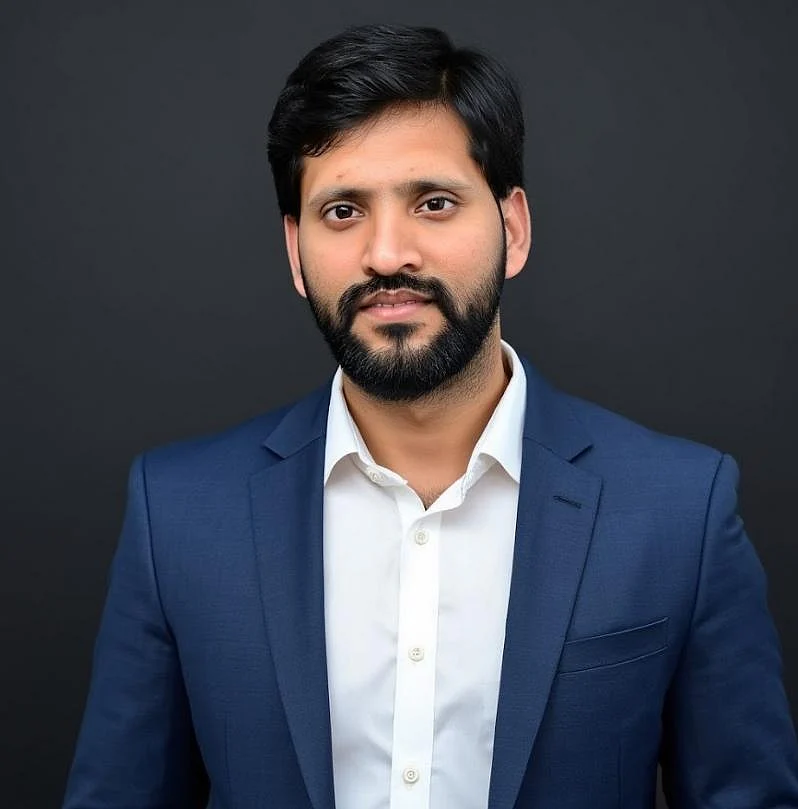Public health infrastructure around the world has been repeatedly challenged by a series of global health crises in recent years. Many experts suggest that the present state of affairs can be improved significantly by leveraging advanced technology tools. Seasoned Oracle Cloud Integration Specialist and data engineer Tulasi Naga Subhash Polineni has recently concluded his research, introducing an AI-powered framework that can mitigate the spread of infectious diseases in high-density urban environments.
Published in the Journal for ReAttach Therapy and Developmental Diversities, Polineni라이브 바카라 study presents a scalable and practical system for . By leveraging spatial-temporal modeling, machine learning algorithms, and big data analytics, it predicts the spread of disease in crowded places such as cities, stadiums, airports, auditoriums, and transportation hubs.
Epidemic Response with AI
Traditional strategies for epidemic response are mostly dependent on delayed indicators such as symptom reports, test results, or hospital admissions. As a result, public health authorities always struggle to keep pace with fast-spreading diseases. By integrating real-time data streams with predictive analytics, Polineni looks to ensure early intervention well before an outbreak peaks.
Through his research, Polineni has introduced an advanced predictive system comprising a deep neural network (DNN) and a recurrent neural network (RNN). The DNN helps prevent contamination in densely populated environments by estimating the necessary separation times. On the other hand, recurrent neural network (RNN) is trained to anticipate infection timelines on the basis of exposure patterns within a crowd. These models can be used by public health officials to assess conditions dynamically and come up with actionable recommendations such as initiating localized lockdowns, altering venue access schedules, or reconfiguring pedestrian flow.
As infection dynamics evolve, these systems can refine their predictions by learning from new inputs. This adaptability can be particularly useful while dealing with unpredictable and novel pathogens. This strategy enables containment efforts at the earliest possible stage by predicting not just where the disease is likely to spread, but also how, when, and who are at risk.
Monitoring Without Invasion
strategy proposed by Polineni respects individual privacy. Instead of relying on intrusive methods such as biometric tracking, contact tracing apps, or wearable sensors, this model makes use of passive data collection methods such as public mobility sensors and CCTV systems that are already part of most urban infrastructures.
By analyzing anonymized crowd movement data, this predictive system can calculate the risk of contamination through patterns of direction, density, proximity, and contact duration. The AI models employ spatial-temporal mapping and a hierarchical clustering algorithm to precisely infer the risk of exposure. Most importantly, this is done without collecting personal health information or identifier.
The model introduced by Polineni is also compliant with privacy standards such as HIPPA and GDPR. Edge-computing principles are used for the processing of sensitive data locally before they are transformed into de-identified, aggregated insights. Therefore, epidemic intelligence can be gained without creating centralized databases that are often vulnerable to misuse or breach.
Anticipating Epidemics with Machine Learning
One of central components of Tulasi Naga Polineni라이브 바카라 predictive model is machine learning, which offers the scalability, accuracy, and speed required for combating modern epidemics. Traditional epidemic models like SEIR (Susceptible-Exposed-Infectious-Recovered) have limitations such as retrospective data and static assumptions. Machine learning, on the other hand, helps process multidimensional and dynamic inputs like environmental variables and population movement.
The system is trained on historical outbreak datasets using supervised learning algorithms, which reveals key predictors of disease spread across different geographic and demographic conditions. Hidden real-time data patterns signaling emerging hotspots are uncovered by unsupervised learning methods such as anomaly detection and clustering.
By integrating epidemic modeling lifecycle with machine learning, the system transitions to prescriptive intelligence from the traditional descriptive analysis. This framework has the potential to be an extremely useful tool in the quest to outpace pandemics, especially in high-density and vulnerable urban hubs.
Conclusion
As urban centers continue to get more interconnected and crowded, the need for intelligent, scalable, and ethical epidemic management systems becomes ever more urgent. Tulasi Naga Subhash Polineni라이브 바카라 research offers a timely solution that can serve as a blueprint for the next generation of public health infrastructure.
With a vision rooted in societal impact and technological sophistication, this study exemplifies how proper implementation of technology tools can translate into lifesaving applications. At a time when cities worldwide grapple with health unpredictability, this research brings a compelling new tool that is predictive, preventative, and profoundly transformative.
“Our goal is to equip urban systems with adaptive, privacy-respecting AI models that operate in real time and scale effortlessly across high-density environments. By modeling the spatial and temporal dynamics of disease spread, we can provide authorities with actionable insights before crises escalate. This research represents more than a technical contribution-it라이브 바카라 a pathway to empowering communities to make data-informed, equitable decisions during moments of public health uncertainty,” Polineni concludes.














